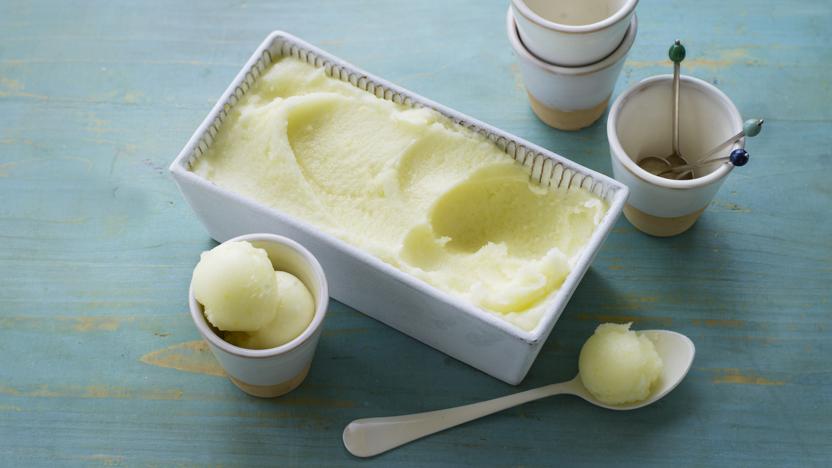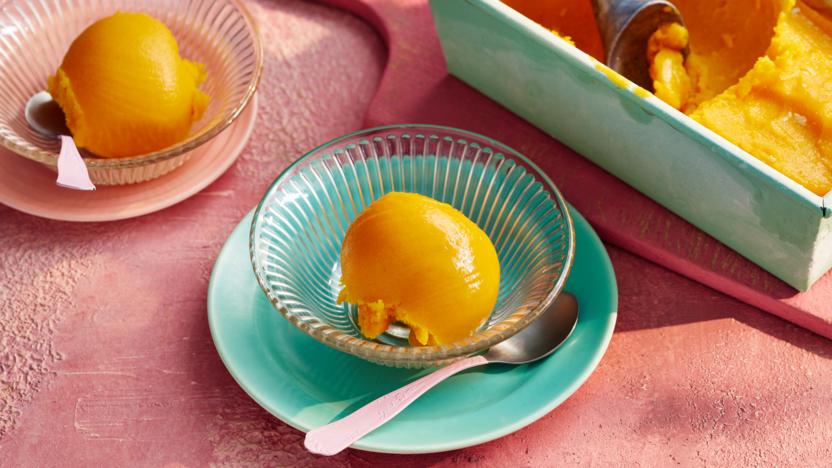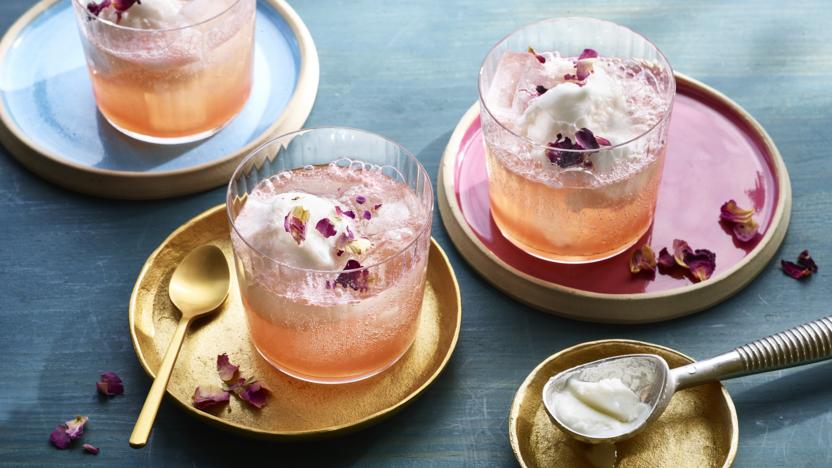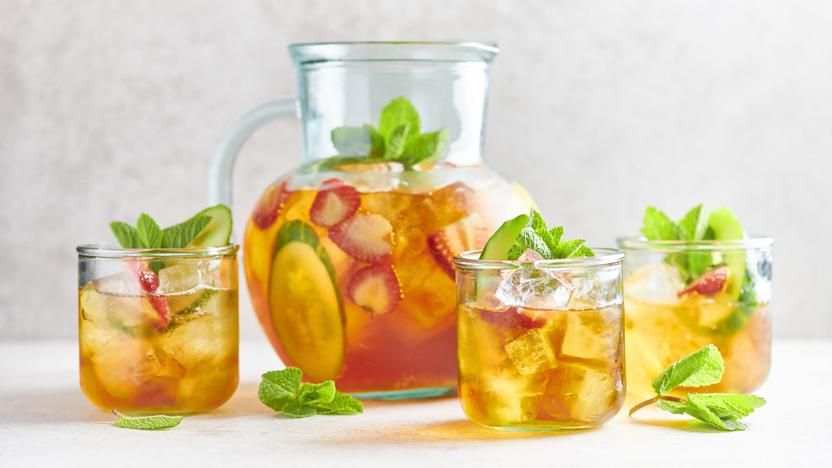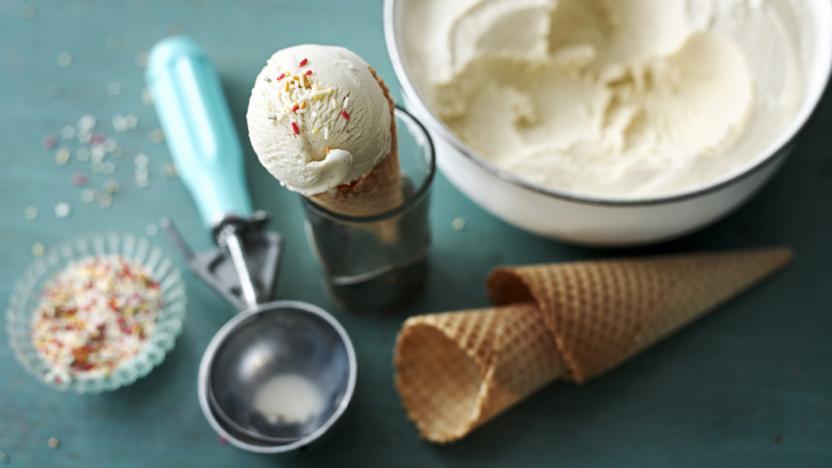Sorbet recipes
Sorbet is the French equivalent of the British water ice. It's a semi-frozen sugar syrup that can be flavoured with fruit juice (or pur茅e) or other infusions such as mint, jasmine, tea, coffee or liqueurs. It was traditionally served as a palate cleanser between courses but is now eaten more commonly as a refreshing dessert. Sorbets first appeared in Europe in the latter part of the 17th century. At that time in France, a sorbet could be served as an iced drink, just like a Middle Eastern sherbet, or as an ice suitable for drinking.
Granita is an Italian style of sorbet that has not been churned. It's roughly mixed with a fork as it freezes so that it forms larger, more granular ice crystals. As a result, it is coarser and crunchier than sorbet.
If you don鈥檛 have an ice cream machine, this sorbet can be made by regularly whisking the frozen sorbet every 40 minutes, or so, until it has completely frozen. The machine will make your life far easier though!
More sorbet recipes
Preparation
The best sorbets have a soft, melt-in-the-mouth texture that comes from tiny ice crystals. The tiny crystals are achieved by the getting just the right balance of sugar syrup to fruit juice or fruit pur茅e and then constantly churning the mixture as it freezes. Fruit pulp, such as raspberry or blackcurrant pur茅e, enhances this softness, as does alcohol, which inhibits freezing. Allow about two tablespoons of alcohol to 565ml/1 pint of liquid sorbet for a soft-set style.
You don't need an ice cream maker to make sorbet, but the texture of the finished sorbet will not be as smooth without one. If you don't have one, mix the sorbet regularly with a fork as it freezes, or process it in a food processor once frozen. Many recipes suggest beating in one tablespoon of egg white to 565ml/1 pint of partially frozen sorbet to improve the texture of an unchurned sorbet, but this adds an unnecessary health risk (egg white may contain salmonella).
